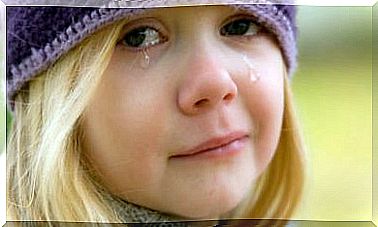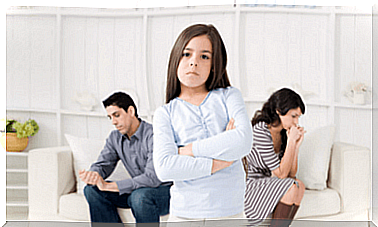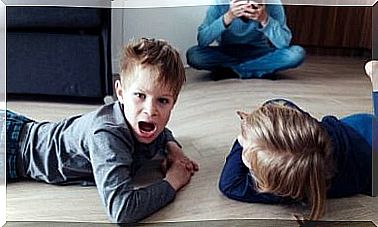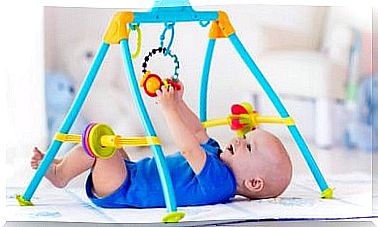How Do I Teach My Child What Danger Is?
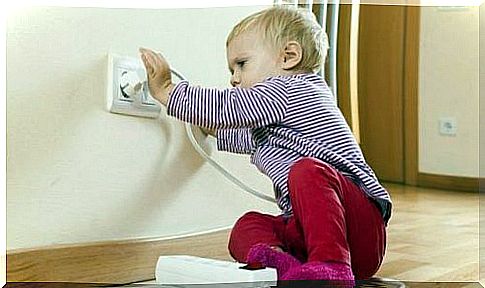
When the baby begins to move, with the walker, crawling or taking his first steps, the enemy of every mother begins to appear: Danger. And with it, worries, fears and difficult times.
It is not strange to see parents running after their children intent on continuously monitoring them, in order to save these mini kamikazes from any kind of bump or fall due to the clumsiness typical of their initial movements. In favor of maternal concern, there is the inability of the little ones to identify and estimate the danger.
Incapacity, among other things, completely understandable given that their curiosity and desire to discover the world are stronger than their fears and their lack of balance; it is worth the risk to know and play.
For this same reason, it is essential not only to protect the child from possible accidents and guide him during risky situations, but also to teach him what danger is. But how to make him learn this concept? Find out in this article.

Why doesn’t my child understand what danger is?
According to psychologists, the first structures developed in the brain are emotional, affective, sensory, motor, etc. And even if the internalization of norms, the concept of danger, abstraction and behavior develop at an early age, this process ends once we reach 18 months.
It must be clarified that between 10 and 12 years, through abstract thinking, the child already has the ability to predict risk. However, this will always depend on the surrounding environment, the education received and the information given to the child about the dangers of daily life.
Teaching about danger does not mean sowing panic
Sometimes it is impossible to avoid danger when children have inexhaustible energy and motivation fueled by voracious curiosity and the mastery of new psychomotor skills. Thanks to them, children seem to be very easily seduced by risk and difficulty.
The ideal, therefore, would be to pay attention in order to anticipate what could happen so as to avoid accidents or unnecessary fright. This means constantly watching over your child and avoiding leaving him alone. When danger arises, take the opportunity to explain where it is and what can happen.
It is not about frightening the child, but it does not hurt to teach them some basic safety rules, so that they understand the consequences of the dangers and stay away from them. You have to be patient, because even if your child does not speak, he understands you and your teachings will be received.
Other mothers, on the other hand, decide to equip the house with child-proof safety measures: safety locks on the windows, gates for stairs and terraces, socket covers and corner protectors are some of the most used tools.
And how about putting medicines and hygiene and cleaning products under lock and key ? Likewise, to avoid danger, you can clear your little one’s path of obstacles, although any measure will not 100% guarantee a bump-free forehead or a bruised body.
Warning! In an effort to protect your child, you don’t have to become over-protective mothers. In fact, children must learn for themselves and must not be limited by excessive parental care. All these tips aim not to make the little daring or fearful, but prudent.

The notion of danger comes with growth
When a child reaches 5 or 6 years of age, he has a deep understanding of the world and the risks it entails. This understanding of danger is the result of various unpleasant experiences, such as a fall or its association with pain, or a feeling of being lost and anxious.
For this reason, specialists claim that children do not understand that something is dangerous until a rather advanced stage; at that point, they even avoid risky activities not because they know what the danger is, but to stop feeling pain.
Between 10 and 12 years the frontal lobes and the ability to inhibit impulses develop, giving rise to the knowledge of more abstract concepts and, with them, to the idea of danger through a practical intelligence.
Experts agree that the best way for children to assimilate these concepts and notions is to give them clear and concise explanations, not extensive, boring and exaggerated dialogues; in the same way, games and symbols can be used.
To indicate the possible consequences of a dangerous situation calmly and without alarming the little ones, another strategy is to exploit the wealth of examples in nursery rhymes, stories and programs that always present a moral inspired by reality. In this way, the child can internalize these unfamiliar but familiar emotions.
How do I teach him what danger is?
According to mental health professionals, children need to know the world for themselves while parents have to limit themselves to supporting them, reducing risks and avoiding accidents. To this end, we present some guidelines:
- Teach your child to stay calm.
- Build self-confidence to explore his surroundings based on his personal means.
- Explain the meaning of the danger.
- Show him the consequences of his behavior.
- Explain with clear examples how to avoid the dangers.
- Use games and fairy tales to show him what can be dangerous.


